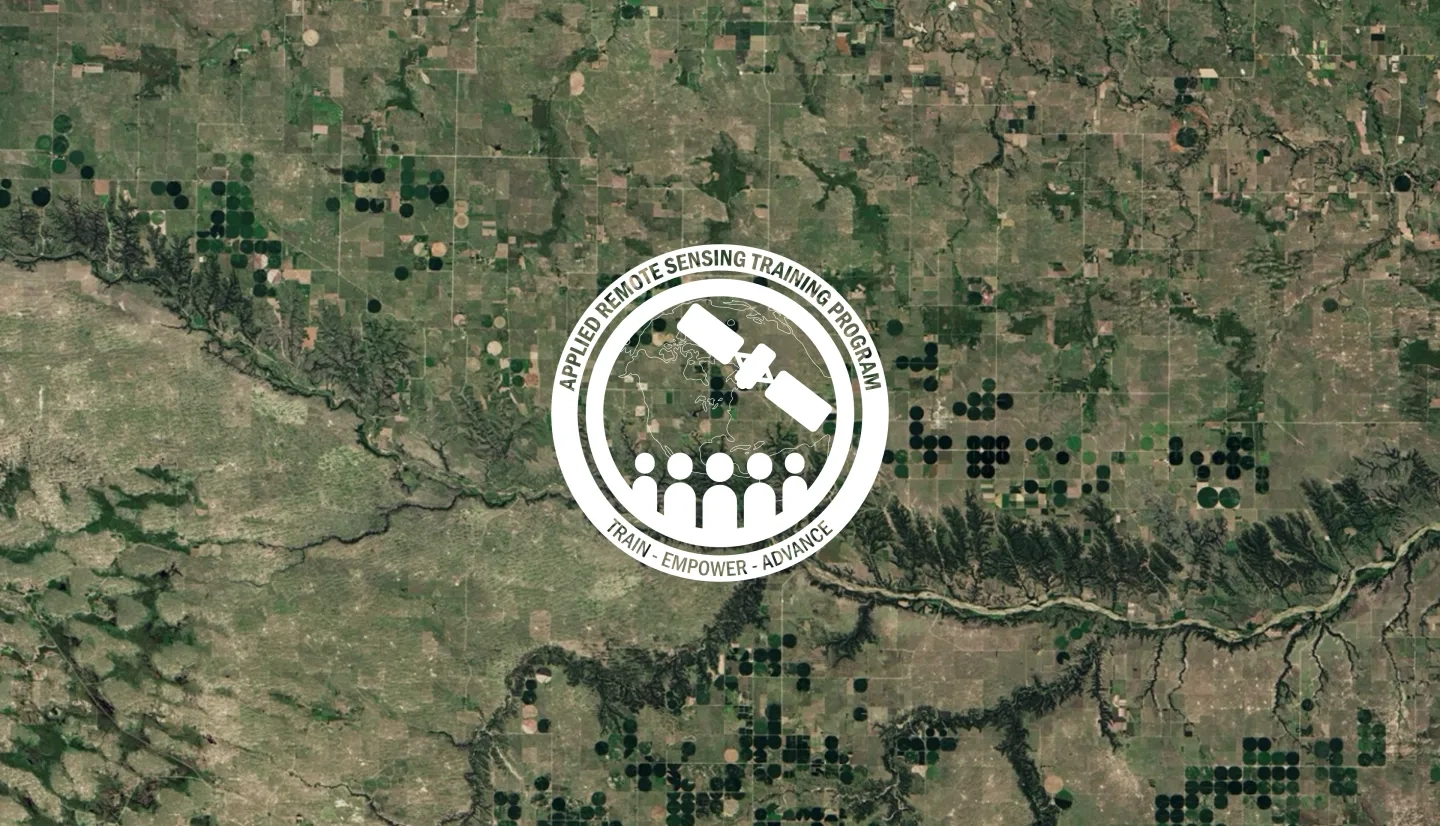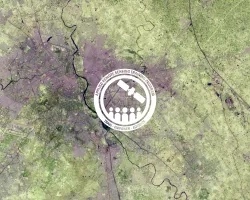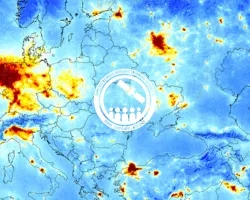Description
September 04, 2016
Satellite-based Earth observations provide a transparent, repeatable, and cost-effective method for global monitoring of natural resources. These observations are critical to inform conservation management and provide valuable input to policy tools such as the Convention on Biological Diversity Aichi Biodiversity Targets, the IUCN Red List of Threatened Species, the IUCN Red List of Ecosystems, and other climate change and sustainable development conventions. This conservation campus will provide an overview of satellite remote sensing for conservation decision-makers and provide specific applications and hands-on demonstrations of how to use Earth observations to inform conservation policy and management.
The workshop introduced participants to the application of remote sensing to a variety of IUCN supported conservation initiatives and international climate change agreements. Participants worked through a series of self-paced, hands-on, step-by-step exercises based on readily available web tools. The objective of this workshop was to build capacity for decision and policy makers in order to:
- Understand the basics of satellite remote sensing and its application to the conservation of biodiversity, natural resource management, and ecosystem services
- Become familiar with open and freely available webtools used for Earth observations that can contribute to conservation objectives
This course was designed for a broad audience, including resource managers and policy makers that are interested in learning the basic concepts of remote sensing and apply them directly to conservation goals.
An introduction to the campus, trainers, and participants, the objectives of the Campus, and brief examples of how practitioners use remote sensing for conservation.
Key concepts and fundamentals of remote sensing and how remote sensing data products can be applied to aid IUCN supported conservation initiatives.
Presentations for:
- Animal Movement
- Dynamic Habitat Index for Biodiversity
- Citizen Science Approach to Chimpanzee Monitoring (Jane Goodall Foundation)
In support of the IUCN Red List of Threatened Species, Intergovernmental Science-Policy Platform on Biodiversity and Ecosystem (IPBES), Ecologically and Biologically Significant Areas (EBSAs) Key Biodiversity Areas, Convention on Biological Diversity, and Aichi Targets.
Presentations for:
- Vegetation Carbon Stock Corridors
- New and Emerging Uses of Remote Sensing for Land Change Detection
- Firecast Success Stories - Near Real-Time Monitoring for Improved Landscape Management
- Introduction to Google Earth Engine
In support of the United Nations Framework Convention on Climate Change (UNFCCC), United Nations Convention to Combat Desertification (UNCCD), Protected Planet (World Database on Protected Areas) with UNEP-WCMC, IUCN Red List of Ecosystems, REDD+, and Sustainable Development Goals (SDGs).
Land Management and Ecosystem Based Tools:
Species, Biodiversity, and Habitat Based Tools:
Linkages between tools covered in training and broader IUCN initiatives and closing up the training.



